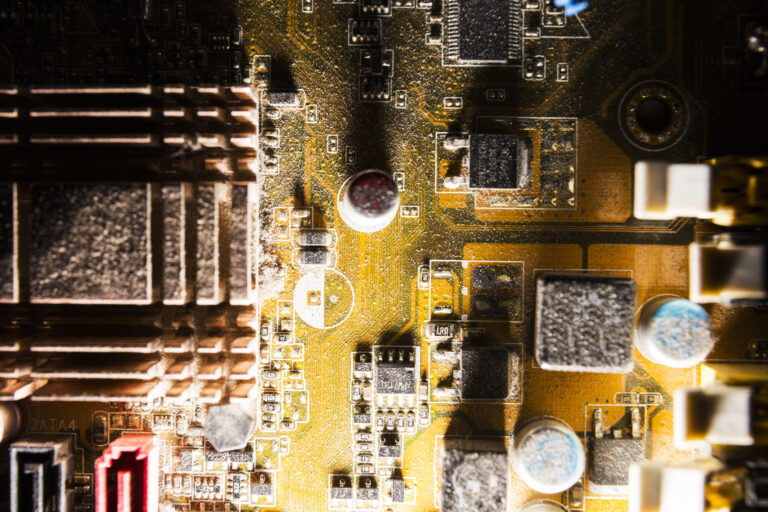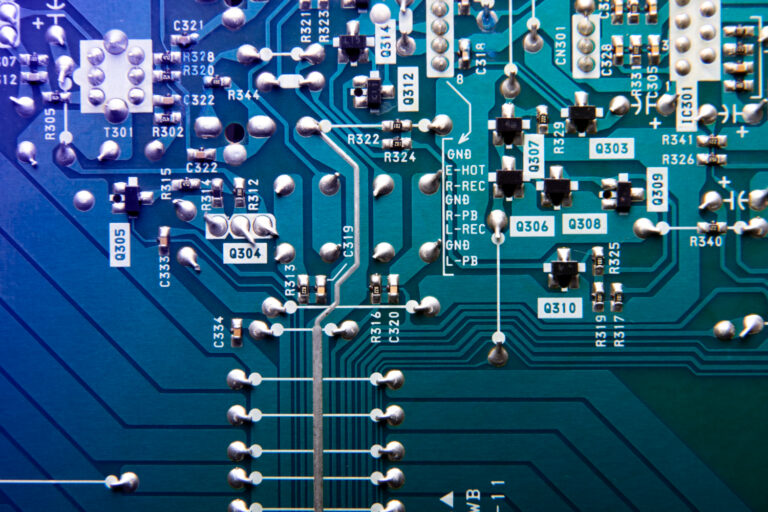India is home to approximately 63 million micro, small, and medium enterprises (MSMEs) often referred as backbone of Indian economy. They are a key drivers of economic growth, employment generation, and innovation.
MSMEs is contributing approximately 30% of the country’s GDP (Gross Domestic Product), 45% of manufacturing output and providing employment to 11 crores of India’s population. Moreover, their projected contribution of US$1 trillion to India’s total exports by 2028.
On July 2020, a new definition of MSMEs has come into effect, focusing on their net turnover and net investments in essential assets such as plants, machinery, and equipment. This revised definition applies to both goods-based and service-based MSMEs, providing a comprehensive framework for classification.
Criteria | Manufacturing | Service | ||
Criteria | Turnover | Investment | Turnover | Investment |
Micro | INR 5 crore | Less than INR 25 lakh | INR 5 crore | Less than INR 10 lakh |
Small | INR 50 crore | More than INR 25 lakh but less than INR 5 crore | INR 50 crore | More than INR 10 lakh but less than INR 2 crore |
Medium | INR 250 crore | More than INR 5 crore, but less than INR 10 crore | INR 250 crore | More than INR 2 crore but does not exceed INR 5 crore |



The Government of India has designed various policies for motivating and incentivizing MSMEs in the country.
PMEGP provided financial assistance for setting up new micro-enterprises and small enterprises in rural and urban areas. The scheme aimed to bring together widely dispersed traditional artisans/ rural and urban unemployed youth and give them self-employment opportunities to the extent possible, at their place.
Benefits:
- Bank-financed subsidy program for setting up new micro-enterprise in non-farm sector.
- Margin Money subsidy on Bank Loan ranges from 15% to 35% for projects up to Rs. 50 Lakh in manufacturing and Rs. 20 Lakh in the service sector.
- For special category beneficiaries such as SC/ST/Ex-Servicemen/NER/Women/PH/Minorities, the money subsidy margin is 25% in urban areas and 35% in rural areas.
Under this scheme, MSMEs were provided with a capital subsidy for upgrading their technology and machinery. This aimed to enhance their competitiveness in the market.
This scheme aimed to provide collateral-free credit to MSMEs by offering a credit guarantee to financial institutions
Scheme aims at the growth of MSEs by addressing advancements in sustainable & green manufacturing technology, market access, skills & quality, etc.
SFURTI seeks to empower artisans and promote their economic well-being by providing them with better infrastructure, technology, and market linkages. The scheme focuses on reviving and developing traditional industries that are prevalent in various regions of the country.
This was an online portal launched to promote ease of doing business for MSMEs. It facilitated the timely payment of dues by large enterprises to their MSME supplier
This scheme simplified the registration process for MSMEs by providing them with a unique identification number called Udyog Aadhaar. This registration is often required for availing various benefits under government scheme
The ZED scheme encouraged MSMEs to adopt quality practices and reduce environmental impacts. It aimed to enhance the quality of products and processes
Benefits:
- Subsidy on cost of ZED certification – Joining Reward of Rs. 10,000. Subsidy of 80-60-50% for Micro, Small & Medium Enterprises.
- Additional subsidy – 10% for Women/SC/ST owned MSMEs OR MSMEs in NER/Himalayan/LWE/Island territories/aspirational districts (5% for MSMEs which are also a part of the SFURTI OR MSE-CDP)
NSIC provided various subsidies and benefits to MSMEs, including raw material assistance, marketing assistance, and credit support
This scheme offered financial assistance to MSMEs for adopting new technologies and improving their quality standards
ASPIRE aimed to promote innovation and entrepreneurship in rural areas by setting up technology centres and incubation centres.
SIDBI provided soft loans to MSMEs to support their growth and expansion.
